Intro
This Q&A is with a biologist, photojournalist, and photographer who’s supported this blog since its early days. She’s travelled to many countries and had adventures throughout the world, which you can see from her extensive photo gallery.
This person is Malini Pittet, and I’m thrilled to be able to feature her.
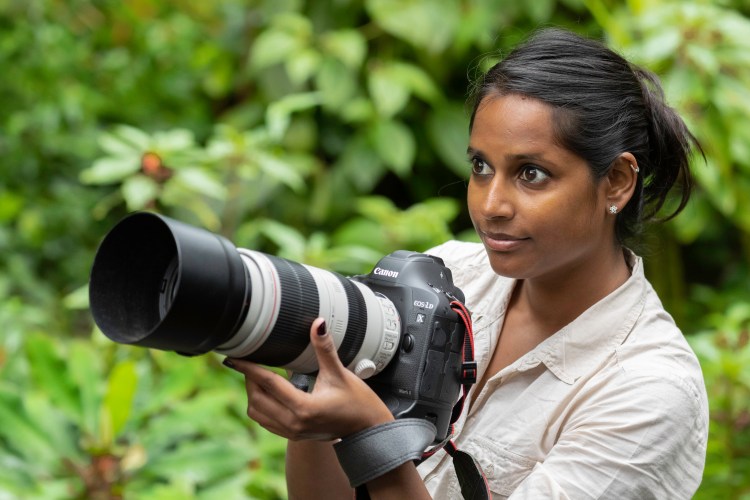
Q&A
These first three questions will focus on how you became “you.” As I understand it, you were born in India, but you’ve lived in Switzerland for many years. What’s the story of how you came to reside in Switzerland?
My story is a rather unusual one. It started in a small orphanage in Bangalore where I was born, and two-weeks later destiny allowed me to be adopted by my Swiss parents. They lived and worked in India for 33 years, until their retirement, which they now enjoy in the French Alps.
I grew up in Bangalore where I completed high school. During these years I absorbed Indian life and culture and was privileged to spend many holidays with my extended family in Switzerland, where I later enrolled at the university.
Your website says that you wanted to, “become a marine biologist studying sharks” when you were eight years old. What led you to become so fascinated by animals at such an early age?
My parents have always been passionate travellers and explorers. No doubt the concept of “roots and wings” was instilled in me early on.
During the shorter school holidays, the family would visit near-by forests like Bandipur Tiger Reserve, back then a 4-hour commute from home. Longer holidays were spent trekking or skiing in the Himalayas or exploring foreign lands.
For my eighth birthday, my grandparents offered me a CD about great white sharks. I spent hours pouring over all the scientific material and stories about this fascinating species and that’s what drew me to the discipline of marine biology. Later during a seaside holiday, I realised that the ocean could also be rather terrifying and that forests seemed to be a safer but just as fascinating option!
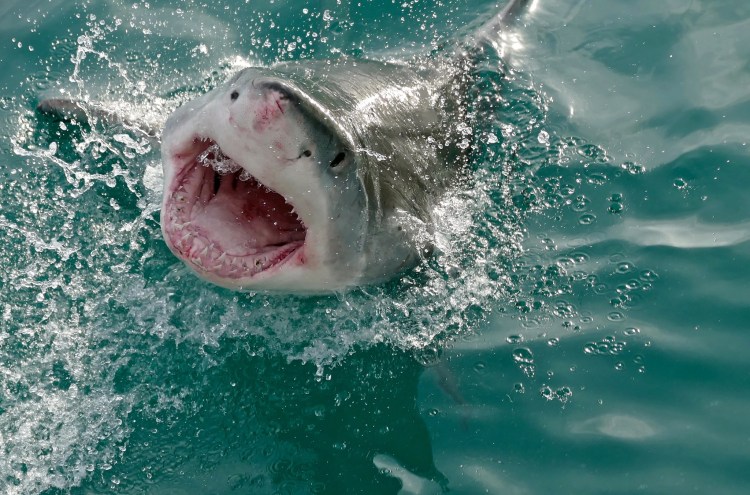
From a very young age I was sure that I wanted to be involved in wildlife conservation, regardless of the species and the part of the world.
You started working as a biologist before you switched to your current focus on photography and photojournalism. What made you decide to prioritize science communication over what you were doing before?
Having obtained a BSc and MRes in Biodiversity Conservation and Management, I spent a little over a decade working as a wildlife biologist with a specialisation on large felid conservation. My research took me to some out of the way places like the Peruvian Amazon and Yemen.


During this time, I worked with several NGOs and protected area administrators, and although my research often brought to light the need to change some aspects of the management of protected areas to improve conservation for the flora and fauna, it often fell on deaf ears.
Alongside my research activities, my photography skills improved continuously, and I noticed the effect conservation photography had in combination with scientific publications. We can all agree that scientific publications cater to the scientific community. Making the findings of scientific publications accessible to an audience who is not expert in the subject is an important task for me and I bridge this gap with my articles.
Photographs captivate a wide audience from all ages and walks of life, but spreading awareness is not enough: it is akin to a “like” on social media but makes little difference. With my articles I want to extend beyond awareness. I strive to activate my audience, ideally to change certain behaviours, and to pass on relevant information to younger generations.
I am particularly interested in making people aware of the effects their choices can have on the existence of rare and endangered species. It is rewarding to see that (mostly younger) people understand this message: enjoy the sushi restaurant but opt for a vegetarian or sustainably farmed fish menu rather than endangered blue fin tuna or sword fish, and generally be mindful of the provenance of goods they consume.
Of all the places you’ve been to, which was your favorite?
That’s a difficult question! I have had the privilege to visit numerous places and see some incredible animals and birdlife.
Among my top favourite areas which I will always return to are the Kalahari Desert, the Okavango Delta, and the Pantanal. What makes all these places so compelling is that they are wildlife conservation success stories. The wildlife communities and their habitat are relatively intact and thriving making it a real pleasure to be immersed within them.
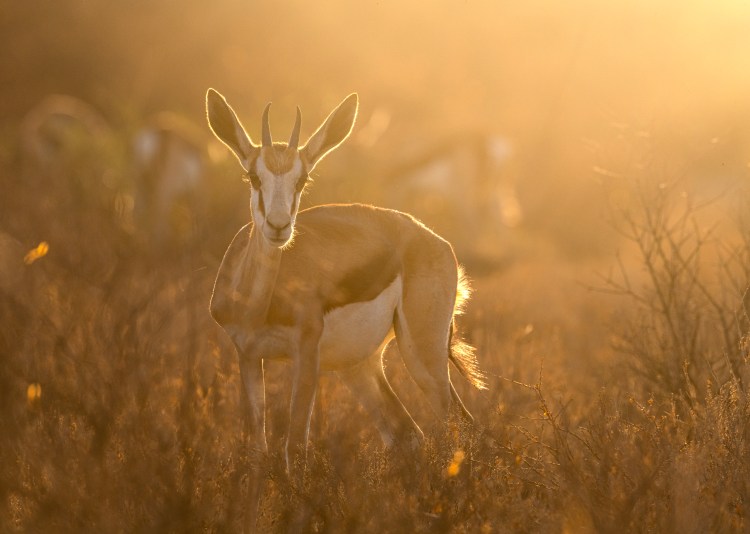
The Kalahari is a particular favourite of mine because I can explore vast areas, driving and camping by myself. Many campsites are unfenced and wildlife wanders through camp day and night. There’s nothing quite like sleeping in a rooftop tent and listening to a pride of lions roaring close-by or waking up in the morning to see the pugmarks all around the vehicle.
The Okavango Delta is a sanctuary for one of the world’s largest wildlife populations. On the other side of the world, the Brazilian Atlantic rainforest and the Pantanal are highly attractive and offer the chance to observe vast numbers of bird species in a single day. This is catnip for the bird-nerd!
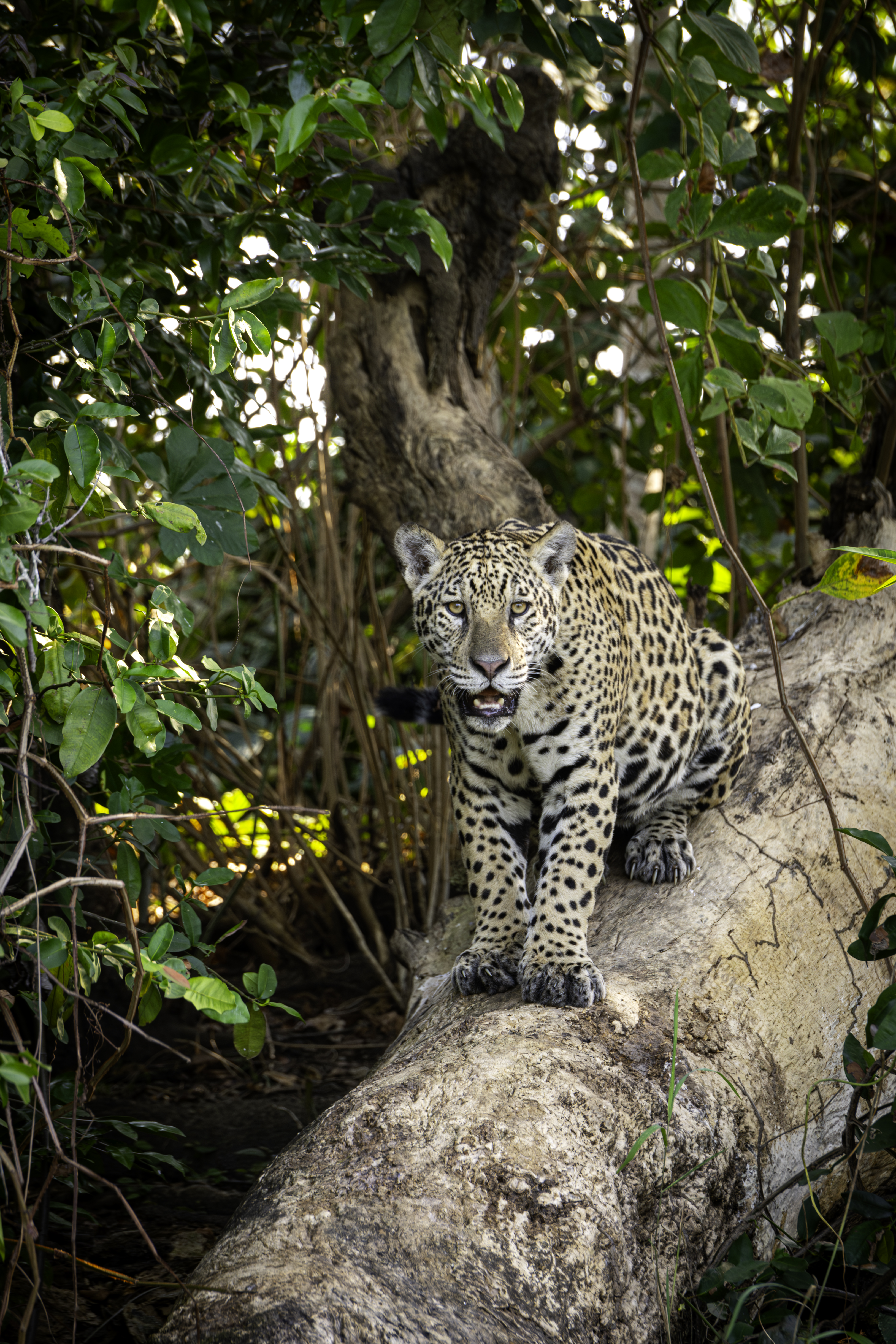


Finally, you recently visited one of my dream locations: Ellesmere Island. While I know you’re still working on that blog post, what were some of the highlights from your Ellesmere trip?
Yes, I can confirm it is a unique location, especially being a winter camping expedition. Simply reaching the hamlet of Grise Fiord on Ellesmere during wintertime is a little adventure.
Flying over the endless snow and ice fields across Baffin-Cornwallis, Devon, and Ellesmere Island felt like a dream. In fact, it felt as though I was inside a Planet Earth documentary, it seemed so unreal.
Landing in Grise Fiord is rather particular: the little Twin Otter plane seems like it is going to fly straight into a mountainside and at the last-minute banks left into a serious STOL (short take off and landing) descent to hit the icy runway. It was a thrilling start to the toughest adventure I have ever been on.
Pitching camp in below -40° C was impressive. Wildlife highlights along this trip included a lone muskox who had been kicked out of his herd by a younger and fitter male, a pair of polar foxes feeding on the carcass of a muskox which was killed by arctic wolves, a herd of muskoxen, and ptarmigans.
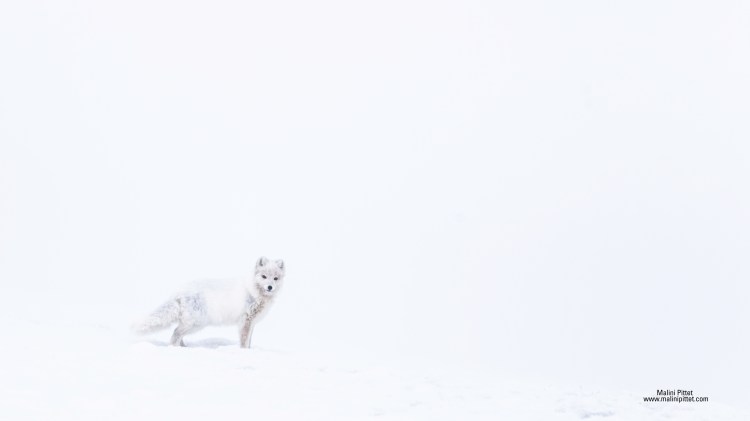
Closing Thoughts
I’d like to sincerely thank Malini Pittet for participating in this Q&A with me. I appreciated her cooperativeness, as well as the chance to learn more about her.
As you can see from Malini’s responses above, she’s a conservationist with an improbable story who’s had some incredible experiences. She uses those experiences, and the lessons she’s learned from them, to make a difference for wildlife.
Malini’s story highlights three key points. First, people don’t have to be related to be family: Malini’s parents adopted her, but they’ve supported her as if she was their biological child.
Second, Malini’s story also shows what can happen when adults promote the things that children are naturally interested in. The trips that Malini’s parents took her on, and the great white shark CD that her grandparents gave her, significantly impacted the course of her life.

The third, and final point is something that Malini has mostly left out of her responses.
In our conversations, and to a lesser degree in this post, Malini credits some of her success to the fact that she was adopted by her Swiss parents. While this certainly helped, Malini has still had to overcome many challenges. I know for a fact that her Ellesmere trip didn’t go according to plan, but she persevered and made the most of it.
I suppose what all this means is that while fate might hand us lucky breaks from time to time, it’s still up to us to make the most of them. Furthermore, while someone’s life might look like roses and sunshine on the surface, that’s rarely the case, and we shouldn’t be too quick to judge.
Now that I’m (finally) done rambling, I’d like to thank Malini once again for doing this Q&A post with me. Please stop by her website to learn more about her!
Thanks for sharing such an interesting post interview with Malini Pittet. While I’m not a professional photographer or have any education in science, I do take my photography and my blog posts sharing conservation information with my followers very seriously. I always like to learn how someone else creates their information to improve my approach. I appreciate your posts because I always learn so much, in gratitude Laura Putman
LikeLiked by 1 person
Hi Laura, thanks so much for the lovely comment! I’m glad you enjoyed learning about Malini! Also, you don’t need to be a professional photographer or scientist to make a difference. In fact, we need “normal” people like you who are more relatable, but still passionate about wildlife or other crucial issues.
LikeLiked by 1 person
Amazing and wonderful!
LikeLiked by 1 person
Thanks Cindy!
LikeLike
This is such a great interview! I enjoyed reading Malini’s story, and I’ve been marveling at the incredible photos on her website. Thanks for introducing Malini to us!
LikeLiked by 1 person
Thanks for the wonderful comment, Caleb! I’m glad that you’ve been looking at Malini’s website, too!
LikeLike